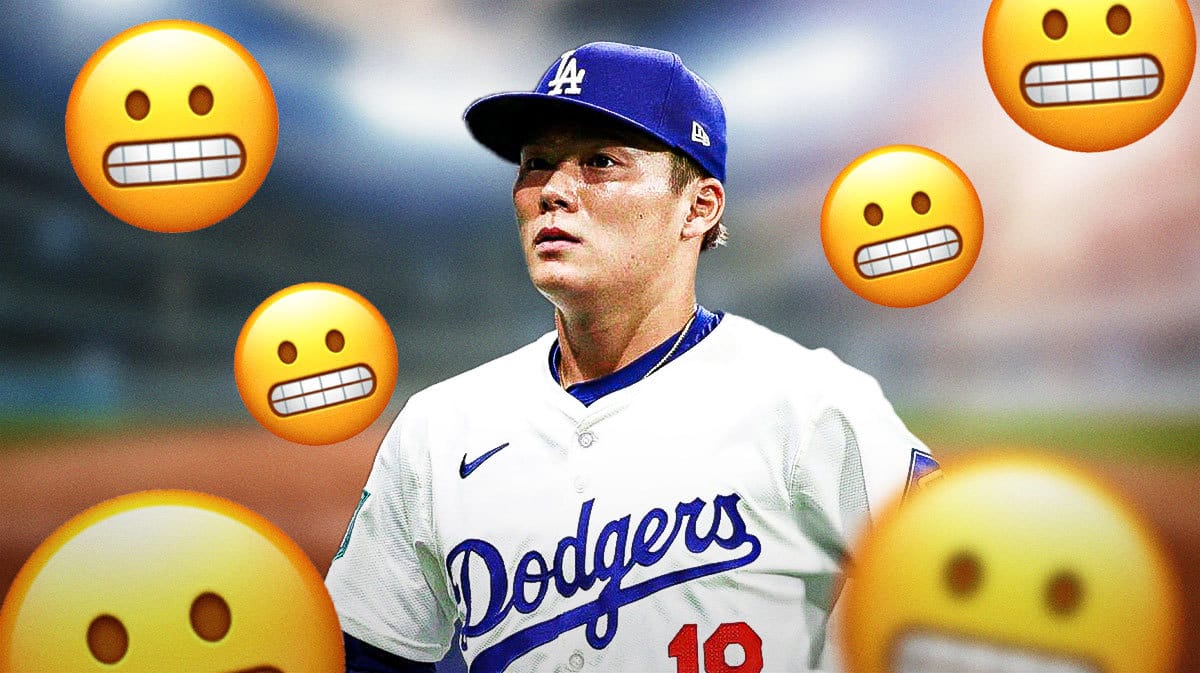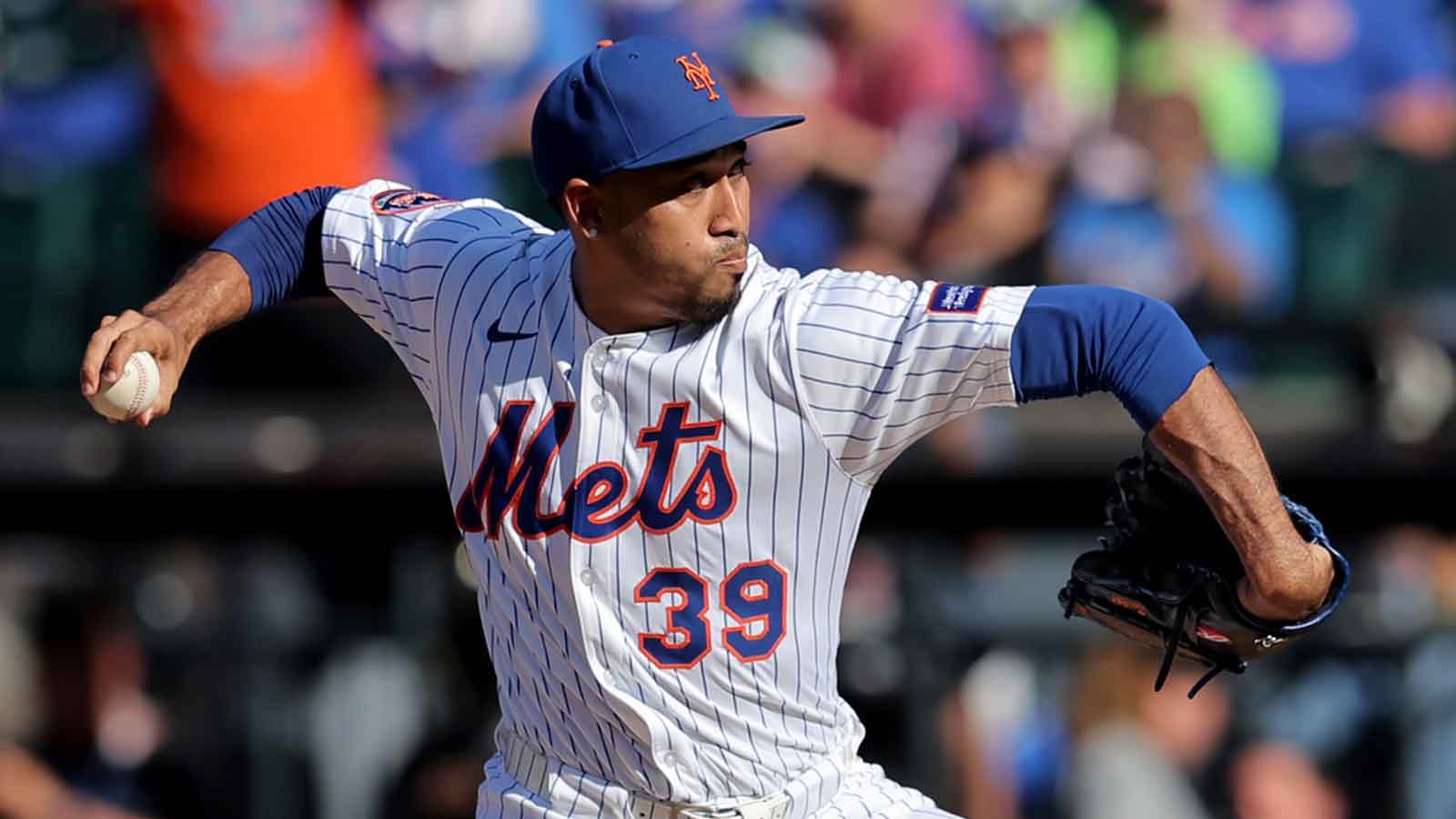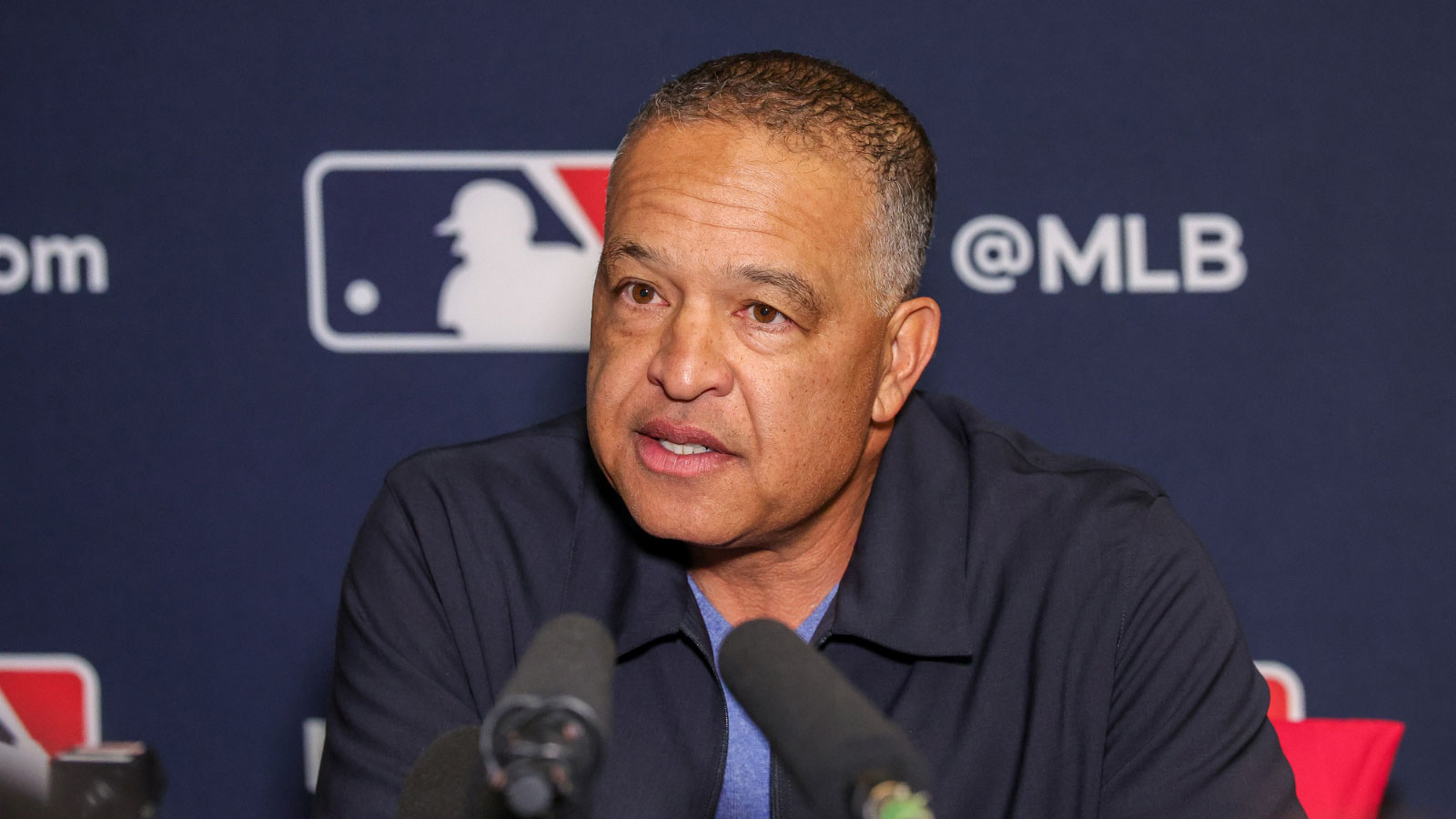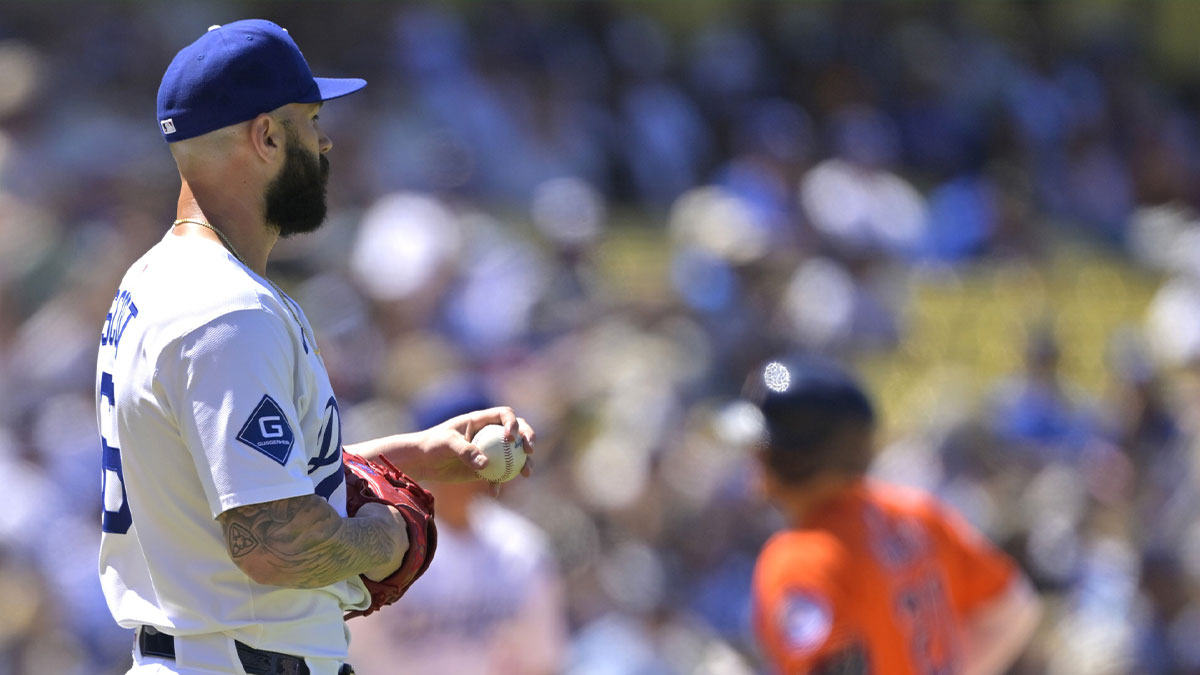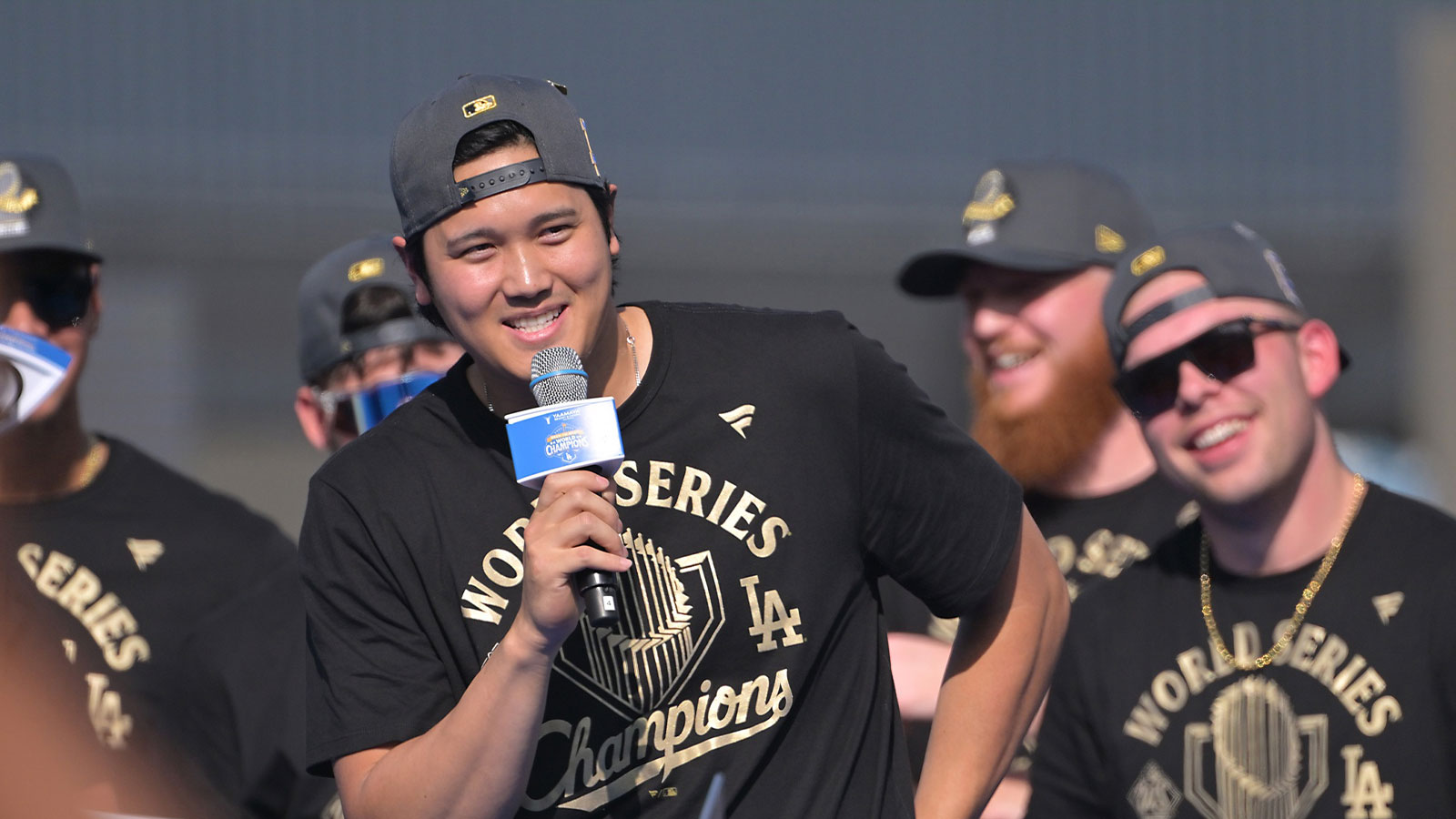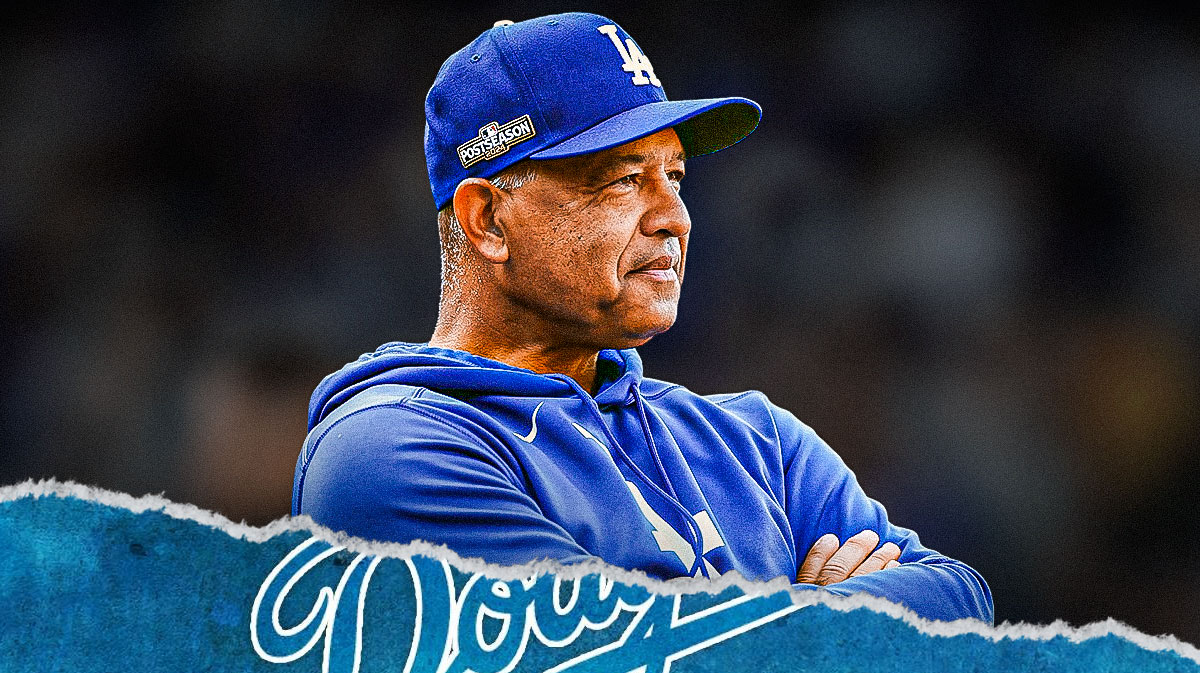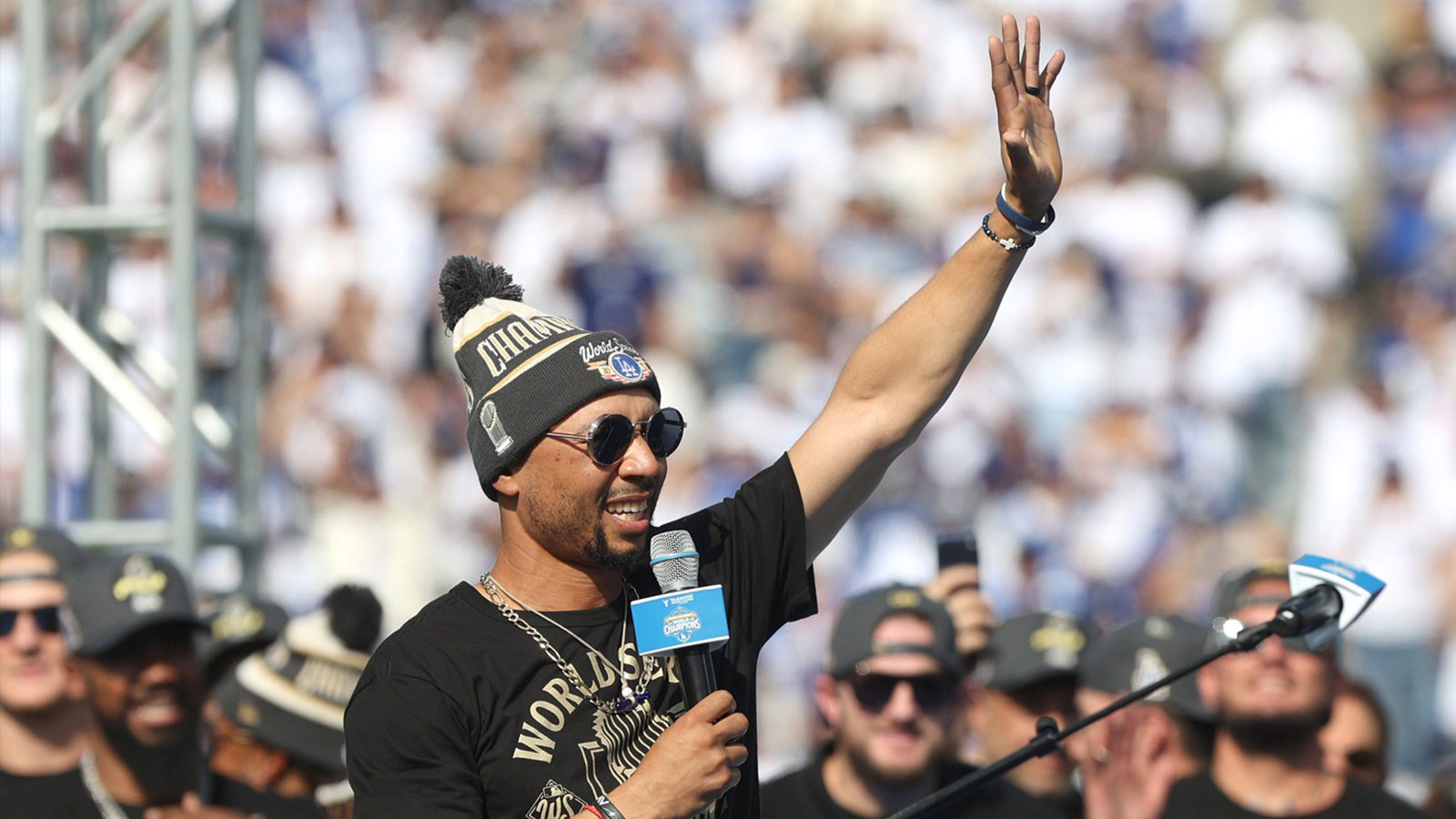Yoshinobu Yamamoto made his major league debut for the Los Angeles Dodgers against the San Diego Padres on Thursday in Seoul, South Korea, and it did not go well.
In the first inning, Yoshinobu Yamamoto gave up five earned runs on four hits and a walk on 43 pitches. The Dodgers trailed 5-1 after the first inning. It did not take long for the Padres to get on the board, as they were up 2-0 on just nine pitches.
Yamamoto gave up a single to Xander Bogaerts to start the inning and followed that up by hitting Fernando Tatis Jr. Then, Jake Cronenworth hit a triple to make it 2-0. Manny Machado drew a walk, which prompted a mount visit before Ha-Seong Kim hit a sacrifice fly to make it 3-0 Padres. A wild pitch moved Machado to second base before Yamamoto struck out Jurickson Profar. Then a Luis Campusano double scored Machado to make it 4-0, and a Tyler Wade single brought home the fifth run in Campusano. To end the inning, Yamamoto got Jackson Merrill swinging.
The Dodgers responded with a run in the bottom of the first, then Michael Grove replaced Yamamoto in the top of the second.
Needless, to say, it was not the ideal start for Yamamoto in his major league debut. He has not had a strong spring, and this performance will bring some concerns. He will look to quiet those when he pitches in the United States next week.
Why Yoshinobu Yamamoto struggled vs. Padres
After the game, Dodgers manager Dave Roberts went into why the young pitcher struggled in his major league debut, citing his lack of command, which was a calling card for him when pitching in Japan.
“(He) just didn't have the command,” Roberts said, via Fabian Ardaya of The Athletic. “It's not about the stuff. When you're a command guy, which he's been his entire career, his life, and you misfire and get behind in counts and hit batters, that's just not who he is.”
Roberts clearly is not concerned with the poor performance from Yamamoto. the pitcher had to make an adjustment after Shohei Ohtani's interpreter, Ippei Mizuhara, was fired amid allegations of “major theft” of Ohtani to pay off his illegal gambling debt. Usually, Yamamoto's on-field translations would come from Mizuhara, according to Ardaya. Instead, Yamamoto saw manager of performance operations Will Ireton and Mark Prior during the mound visit. Yamamoto had little to say about the departure of Mizuhara and the potential adjustment he had to make.
“I do not have much information on it,” Yamamoto said through his interpreter, Yoshihiro Sonada, according to Ardaya. “So I don't have anything to say.”
Yoshinobu Yamamoto's lackluster spring training
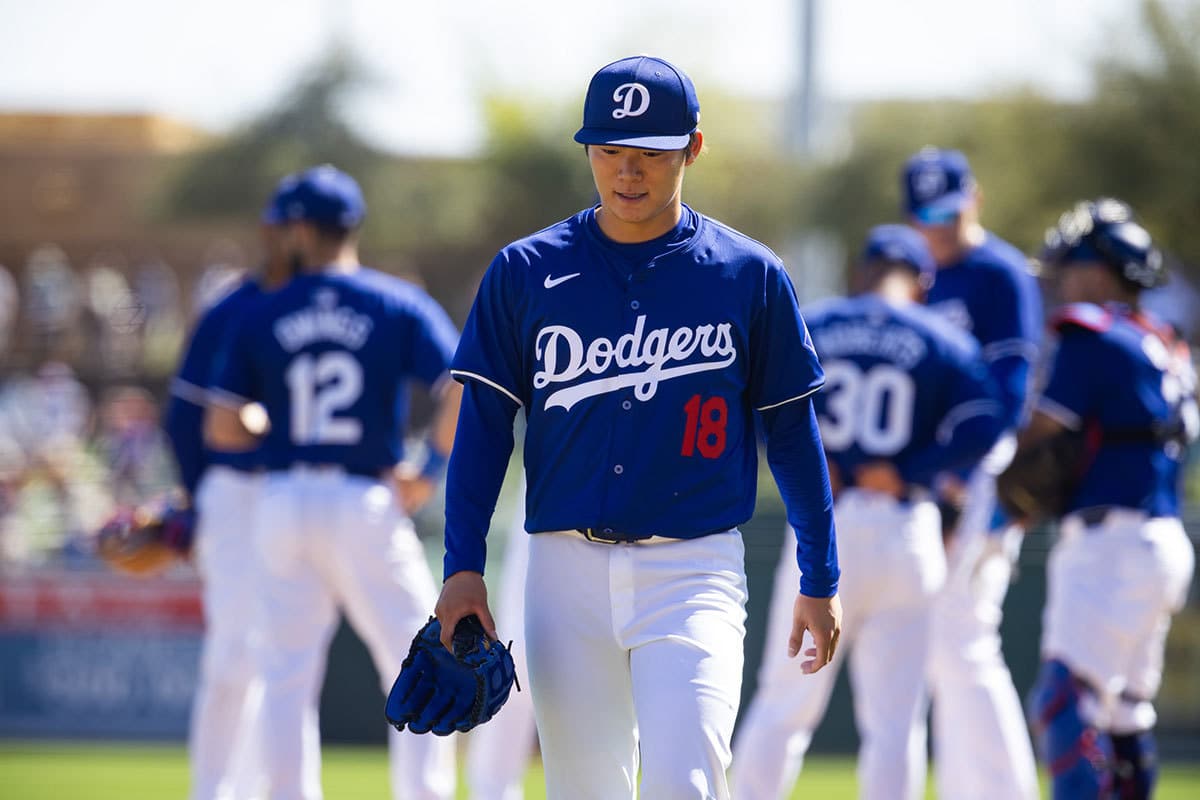
Outside of Shohei Ohtani, who the Dodgers also landed this offseason with a $700 million contract with a lot of deferred money, Yamamoto was the prized possession this offseason. When the Dodgers signed Yamamoto to a $325 million contract, beating out teams like the New York Mets and New York Yankees for his services, Los Angeles was dubbed the winner of the winter.
So many teams were after Yamamoto that the contract he eventually signed with the Dodgers made him the highest paid free agent pitcher in MLB history, beating out Gerrit Cole's $324 million deal that he signed with the Yankees in November of 2019. That is quite a lot for someone who had not thrown a pitch in MLB yet.
When looking at Yamamoto's pitches from what he displayed in Japan, it was easy to see why teams were so high on him. He had a plus fastball, splitter and curveball. The splitter was thought to be a pitch that would be the best of its kind in MLB immediately. Still, usually everything works off of the fastball, and Yamamoto needs to make sure that is an effective pitch for him in the major leagues.
During spring training, in which Yamamoto has an 8.38 ERA, teams have hammered his fastball. Part of why teams thought the fastball would be a plus pitch for him in MLB was the deceptive delivery and arm slot for the pitch that usually is between 94-96 mph. Yamamoto has given up 16 line drives so far this spring with 13 of them coming off of fastballs, according to Kiley McDaniel of ESPN. However, all hope is not lost. McDaniel speculated that mixing up pitch usage could lead to more success with the fastball, and experimenting with pitch mix and giving different looks to hitters as he goes deeper into games in regular season starts could be the recipe for success.
Yamamoto flashed his potential in his first spring training start for the Dodgers, but since then has struggled. It is generally smart to not read into spring training performance much. The games do not matter, and it is a small sample size. However, Dodger fans definitely did not want to see Yamamoto struggle, even in exhibitions. The team did not pay him to go through growing pains. The expectation is to be an ace right away and be a huge part of a Dodgers team that is expected to win it all.
However, McDaniel and a scout expect Yamamoto to quickly perform up to expectations with a few adjustments.
“After an adjustment period here [which may be a little longer than people thing], he should be a top pitcher in the sport,” a scout said, via McDaniel.
Yamamoto might not be off to the start that Dodger fans envisioned, but they should not give up hope on him eventually living up to expectations.

